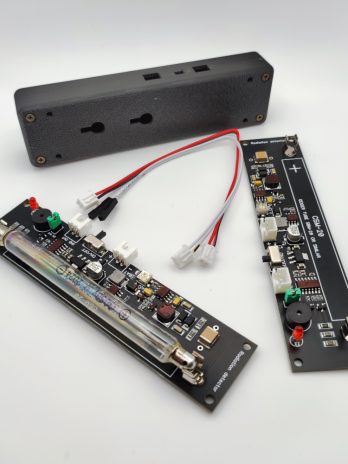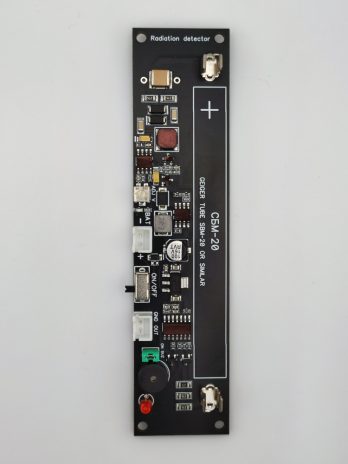-
- Апаратні модулі, Зроби сам, Розроблено і виготовлено в Україні, Сенсори
Детектор радіоактивних частинок лічильник Гейгера GGreg20_V3
- 1423грн. – 3095грн.Price range: 1423грн. through 3095грн.
- Детектор радіоактивних частинок GGreg20_V3 - електронний сенсорний модуль для побудови персонального лічильника Гейгера та визначення рівня іонізуючого випромінювання. З цією метою детектор включає в себе вихід підрахунку імпульсів на головний контролер. Arduino, Raspberry Pi, ESP8266, ESP32 та інші можуть використовуватися як хост-контролер. Рівень випромінювання відображається світловими та звуковими сигналами. Користувач може приглушити звуки (перемичка J1 - вмикання / вимикання зумера).…
- Оберіть опції Цей товар має кілька варіантів. Параметри можна вибрати на сторінці товару

